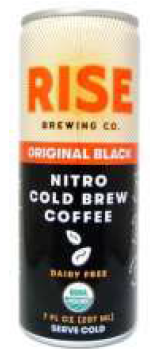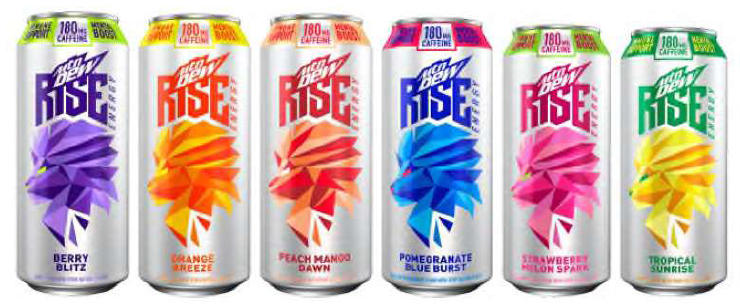The US Court of Appeals for the Second Circuit partially affirmed a district court’s summary judgment order holding that audiovisual recordings of live concerts do not fall within the scope of the Copyright Act’s compulsory license provision while purchasers of audio-only recordings obtain a compulsory license in the copyright of the work fixed by their predecessors/sellers. ABKCO Music, Inc. et al. v. Sagan et al., Case No. 20-3816 (2d Cir. Oct. 6, 2022) (Jacobs, Wesley, Menashi, JJ.)
In 2002, William Sagan purchased, through Norton, a collection of audio and audiovisual live concert recordings from Bill Graham Archives. All three parties are named defendants in this case. The agreement conveyed all intellectual property that the Archives held (from a transaction with Sagan) and included a disclaimer stating that record company and artist approval was required to exploit the recordings. The defendants’ subsequent purchases of other recordings contained similar limited assurance language regarding intellectual property rights. In 2006, the defendants made the entire collection publicly available online for a streaming and downloading fee. A year later, the defendants began using a third-party licensing agent to obtain compulsory licenses under 17 USC § 115 and negotiated licenses from plaintiff music publishers in the audio and audiovisual live concert recordings.
Section 115 of the Copyright Act requires persons seeking to make and distribute phonorecords of a previously published musical work to obtain a compulsory license by providing notice to the copyright owner before distribution and paying government-prescribed royalties. (§ 115(a)(1), (b), (c).) The Copyright Act defines phonorecords as “[m]aterial objects in which sounds, other than those accompanying a motion picture or other audiovisual work, are fixed.” (§ 101.) Section 115’s substantive requirements for duplications of audio/sound recordings fixed by another include requirements that the sound be fixed lawfully, and that duplication be authorized by the copyright owner. (§ 115(a)(1).)
In 2015, the music publishers sued defendants for copyright infringement of 197 musical works posted online without valid compulsory licenses. The music publishers alleged that the defendants did not obtain compulsory licenses for audiovisual works as required by § 115 and that the defendants failed to comply with § 115 substantive compulsory licensing requirements for audio-only works. Defendants argued implied license and equitable estoppel as affirmative defenses. The publishers sought damages and a permanent injunction pursuant to the Copyright Act.
The district court, on summary judgment, ruled that the defendants had no valid license authorizing the reproduction and distribution of the musical works in either audio or audiovisual format, that the defendants had neither an implied license nor any basis for estoppel, and that Sagan (a principal in several of the defendant streaming services) was liable for direct infringement. The district court denied the publishers’ request for an injunction but granted the publishers an award of attorneys’ fees. The defendants appealed from the summary judgment order and the order granting fees and costs. The plaintiffs cross-appealed denial of an injunction.
The Second Circuit affirmed the district court’s holding that the defendants infringed each musical work [...]
Continue Reading
read more

 Subscribe
Subscribe




